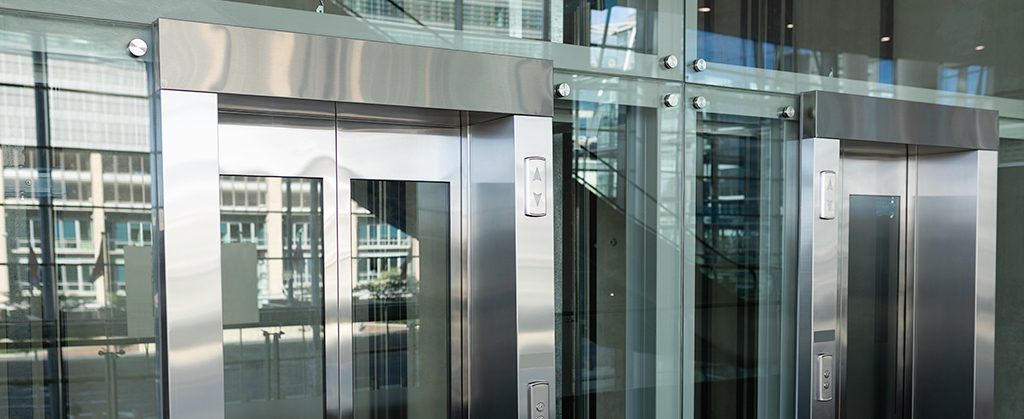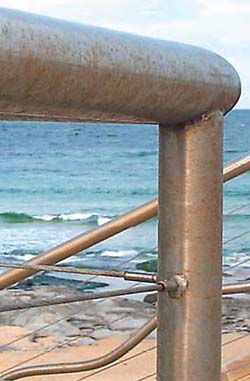 ×
×

For decades, stainless steel has been used in the construction industry as an architectural mainstay that can be found in a wide variety of applications both for its function and aesthetic properties. Everything from roofs to safety railings to doors features the world’s most popular metal. Internal support parts, reinforcements, and frame anchors also leverage the benefits of stainless steel.
The iron-and-carbon made metal is easily fabricated, resists high and low temperature extremes, is environmentally-friendly, and strong. But even though it is corrosion resistant, it discolors. What’s commonly known as “tea staining” describes stainless steel that has become stained over time with a distasteful brown-ish color. The visual appeal behind the durable metal suffers cosmetically . It is important to note that tea staining does not affect the structural integrity or the longevity of the material, and you can control the discoloration with regular cleaning.
Tea staining effects are even greater when a building is closer to salt water. Wind exposure, pollution levels, and tropical weather also contribute to the discoloration. Surface design such as poor drainage, or roughness such as deep groves and folds, can promote tea staining as well.
How do you ensure your stainless-steel surfaces don’t suffer from localized discoloration? In order to mitigate the risk of tea staining, regular cleaning is recommended to remove contaminants. Use soap or mild detergent and wash with warm water, followed by rinsing with clean water. For best results, be sure to wipe the surface dry to prevent water spots.
Remember, you should never use abrasive cleaners, and always clean with the grain to avoid scratching the surface. A regularly scheduled maintenance plan should include surface cleaning of stainless steel surfaces to preserve the appeal of the finish for years to come.
Tea Stained Handrail:
